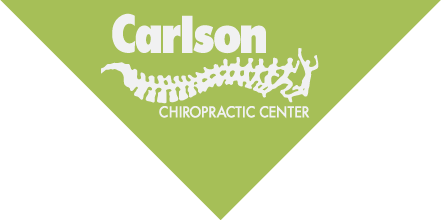When most patients who have been diagnosed with a degenerative spine condition enter the chiropractor’s office the first question they ask is, “How is a bulging disc treated?” It makes sense that many patients are concerned about whether or not they will need to rely on spine surgery to get relief from their pain. Luckily, in most cases, patients can get relief from their pain and other symptoms through more conservative, nonsurgical treatment.
IN PAIN NOW? DOWNLOAD OUR FREE GUIDE TO SPINAL DECOMPRESSION.
Common symptoms of a degenerative spine disease like a herniated disc include:
- Numbness
- Severe pain
- Tingling
In most cases, treatment for a bulging or herniated disc focuses on managing a patient’s symptoms instead of tackling the bulging disc itself. Bulging discs in the lumbar spine often cause pain and discomfort in the lower back, buttocks, hips, feet and legs. While herniated or bulging discs in the cervical spine can cause quite a bit of discomfort in the head, neck, arms, shoulders and hands.
Common Nonsurgical Treatment Options
Some of the most common methods used to manage the many symptoms of bulging or herniated discs include:
• Physical Therapy
• Weight loss and other lifestyle changes
• Using heat and/or ice to treat pain in the neck or lower back
• Decompression therapy
Along with at-home pain management, one of the best and most affordable nonsurgical treatment options for patients suffering from a bulging or herniated disc is to meet with their chiropractor to discuss a therapy or decompression plan. With a focused strategy, your chiropractor can target each individual symptom and treat it accordingly. In many cases, patients who use a combination of these pain management options are able to avoid undergoing spinal surgery for their degenerative spine condition. For more information on nonsurgical treatment options for your herniated or bulging disc symptoms, please be sure to visit Carlson Chiropractic Center online today to schedule a consultation.

